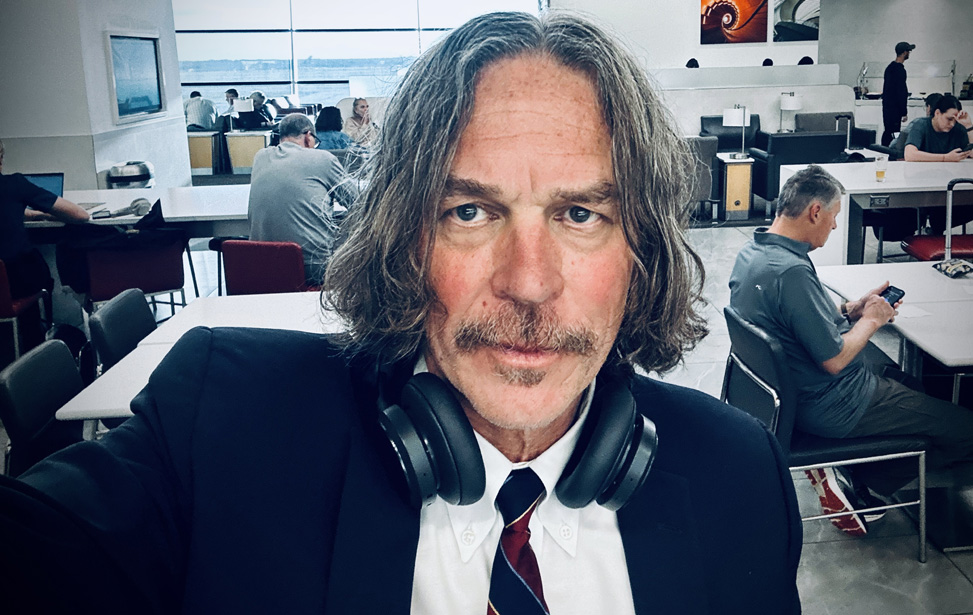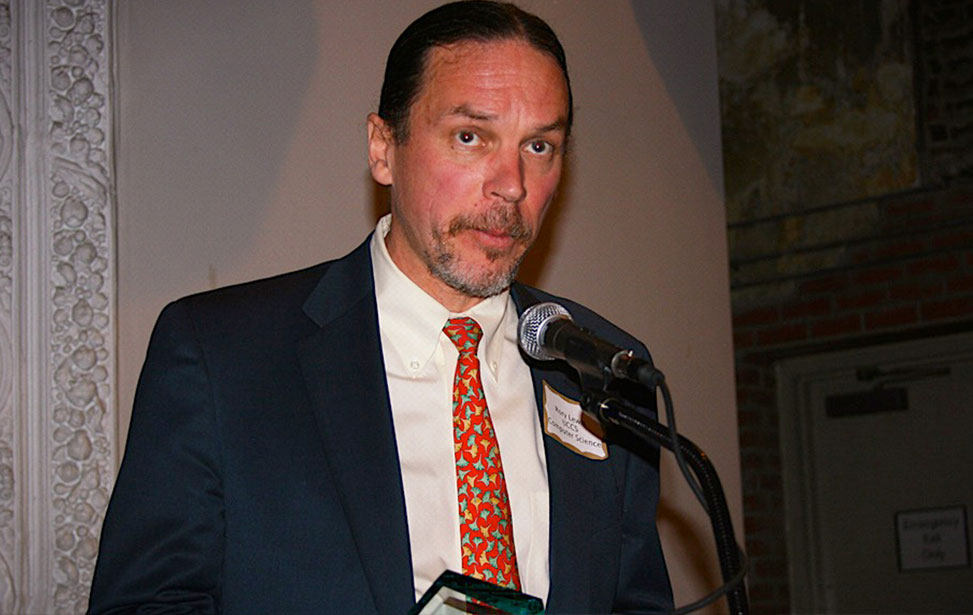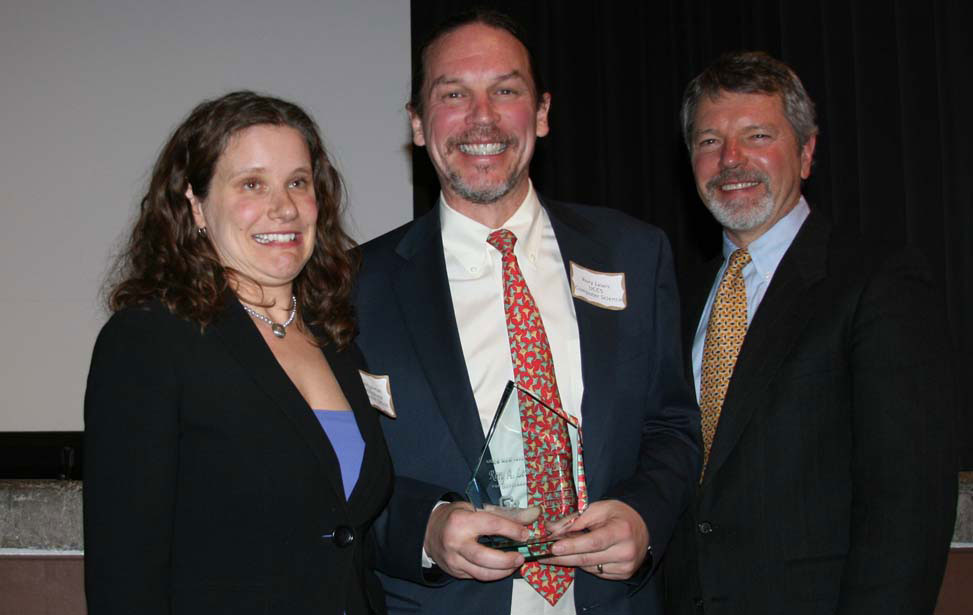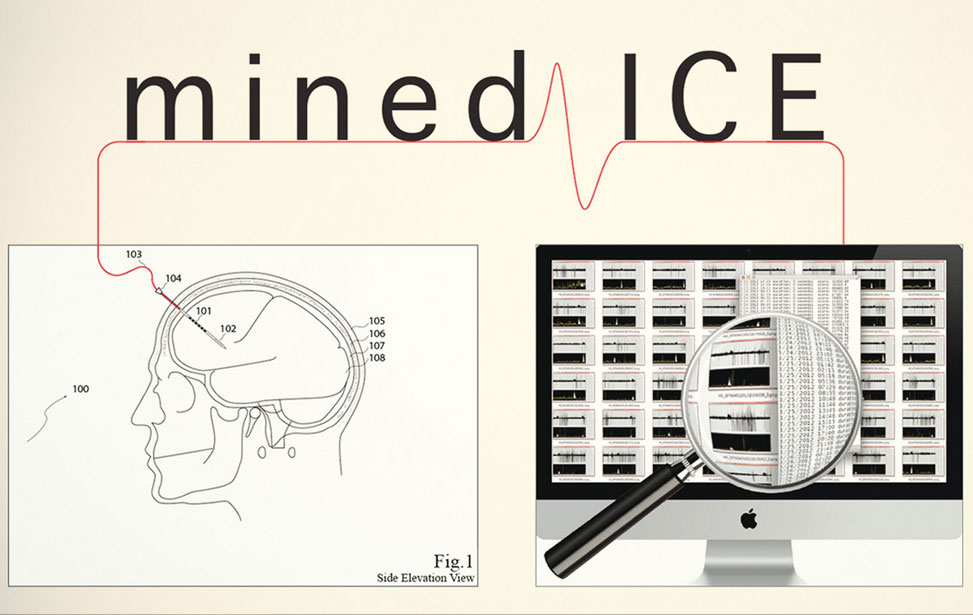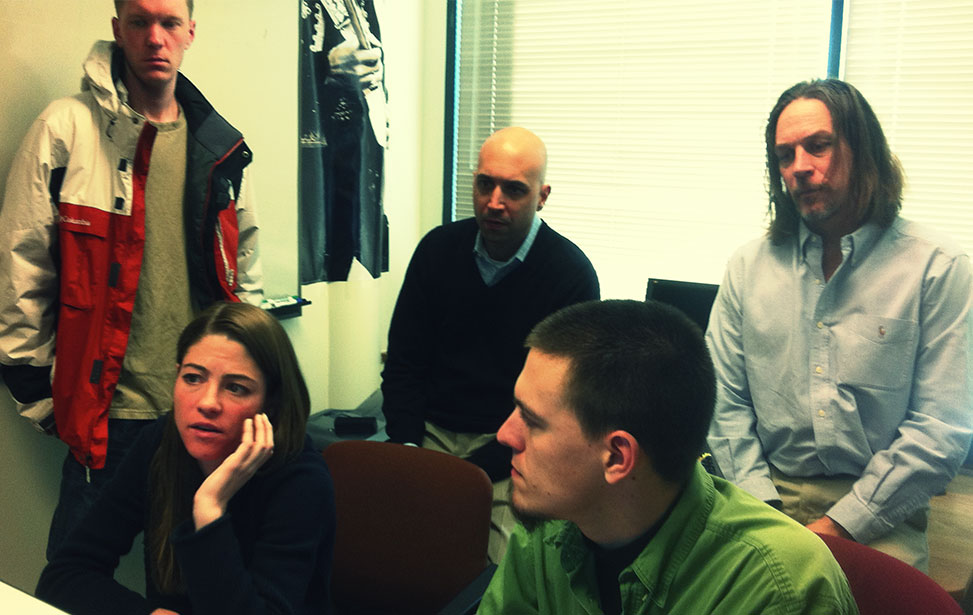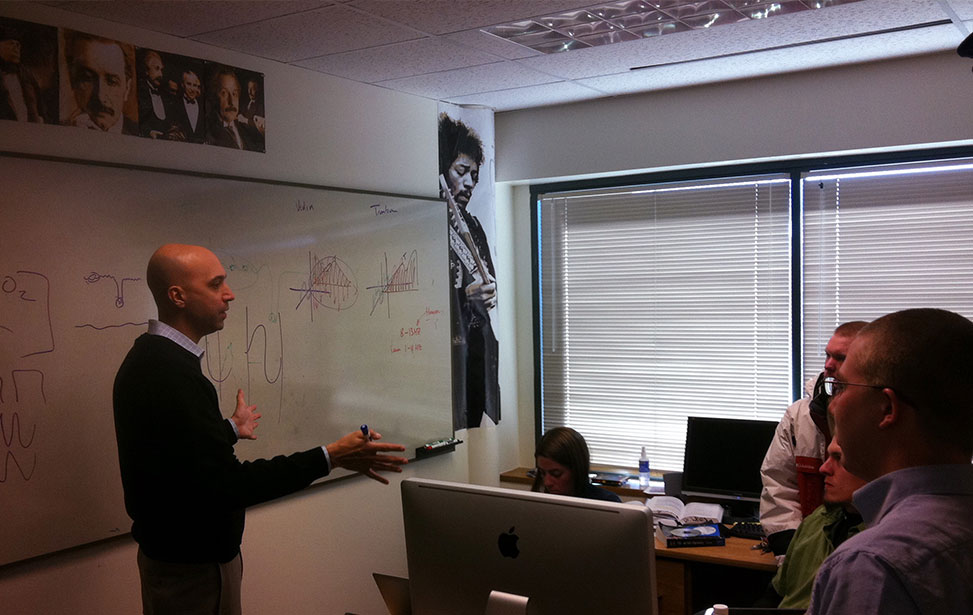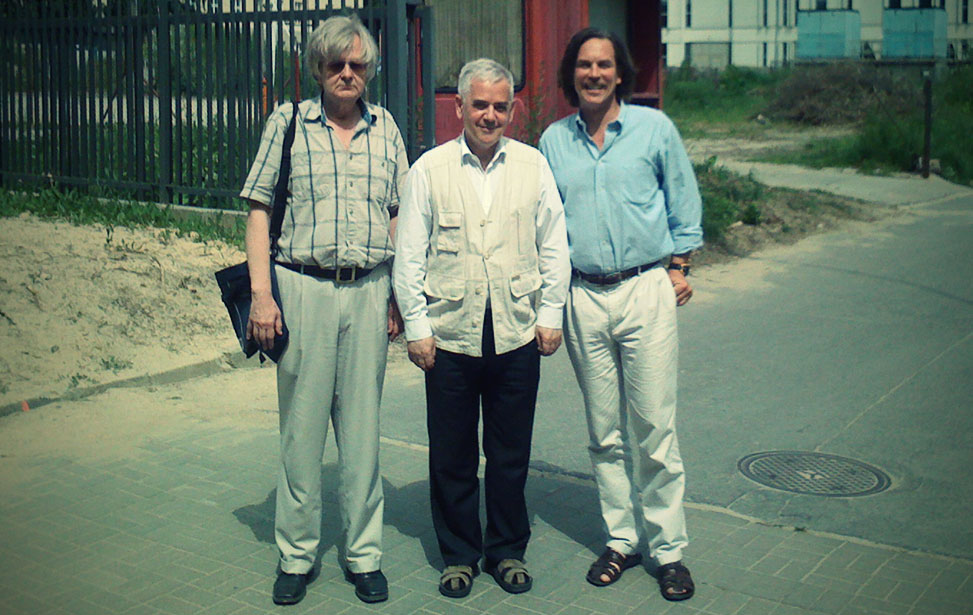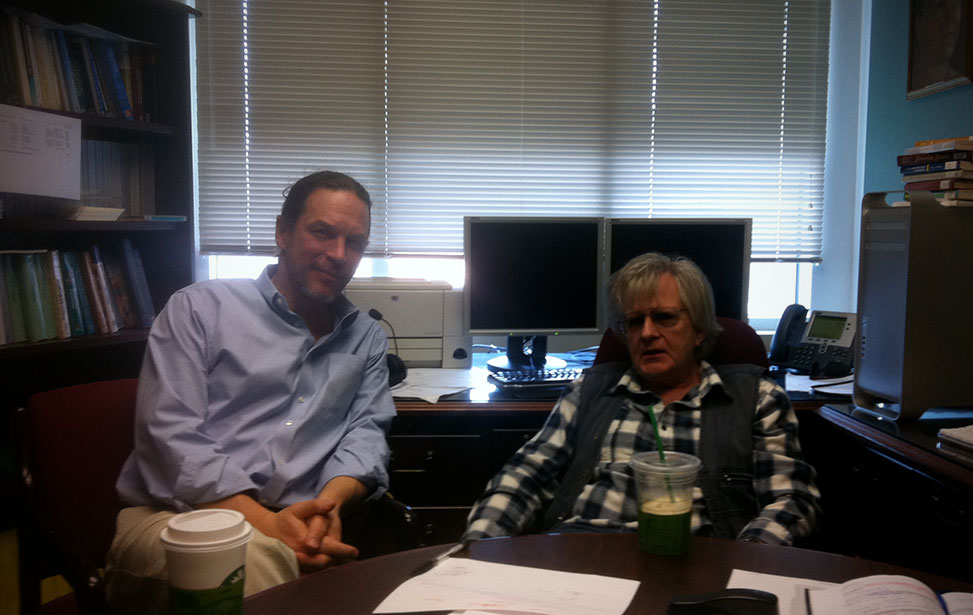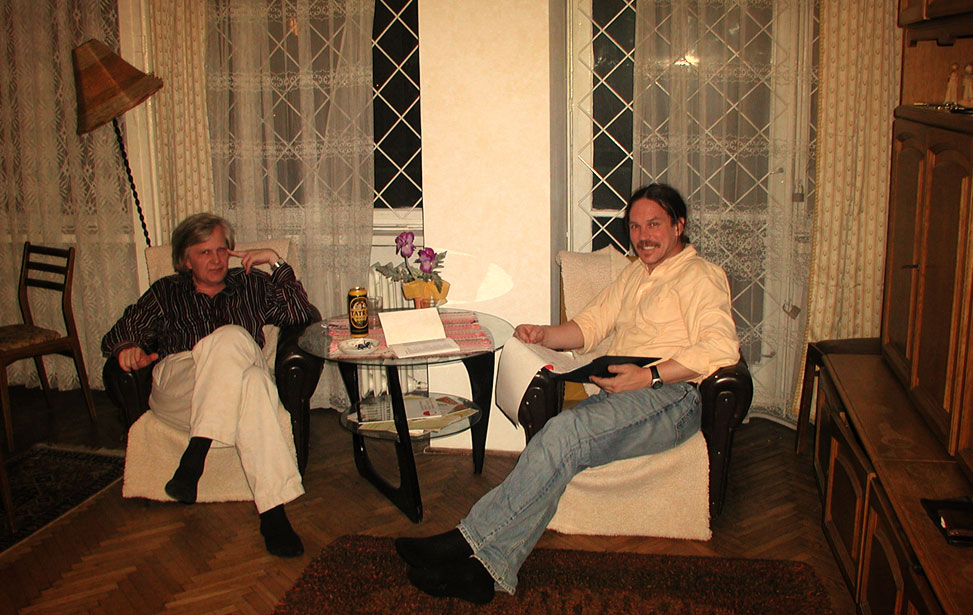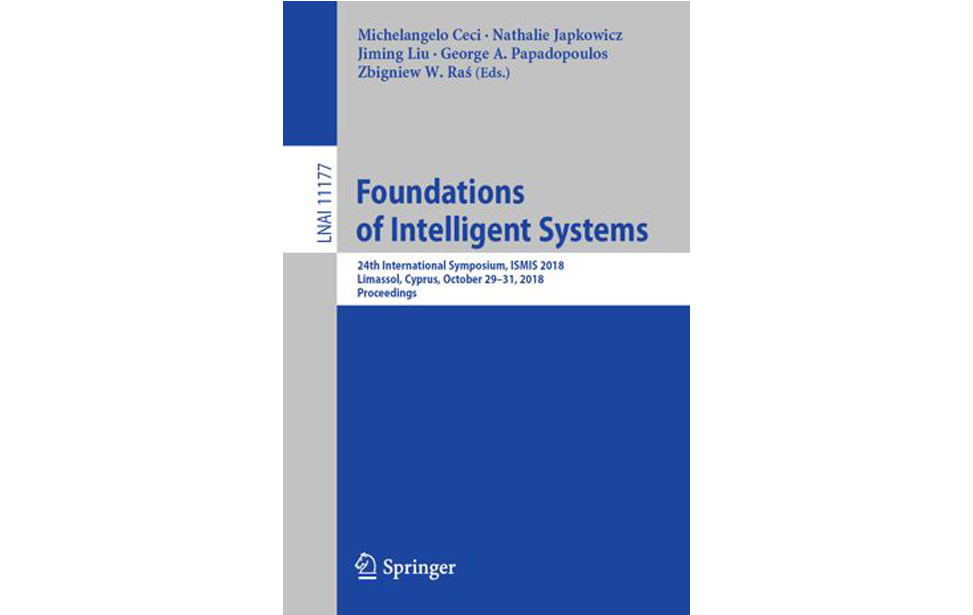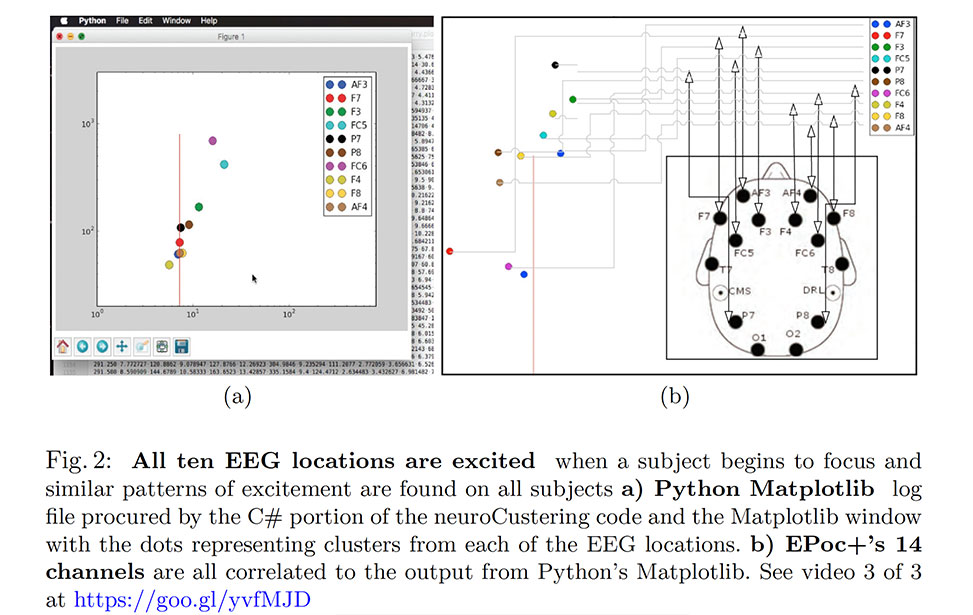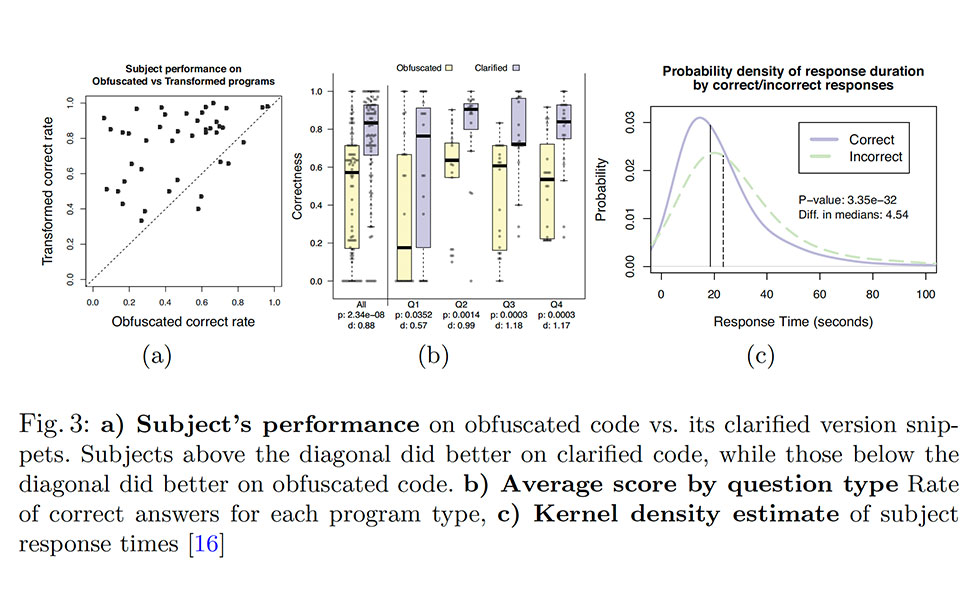Highlights
Artificial Sentience (DoD)
Dr. Lewis is currently engaged in classified research involving artificial sentience in military-grade humanoid systems. His work focuses on developing computational models that enable these systems to exhibit a sense of subjective identity (“self” or “id”). From a computational neuroscience perspective, the goal is to allow such humanoid agents to make human-like decisions by integrating a parallel decision-making architecture—functionally distinct from their primary AI systems. This architecture would emulate the human capacity to reflect upon and, at times, override neural outputs, thereby enabling context-sensitive, autonomous decision-making that aligns more closely with human moral and behavioral norms. Returning from Pentagon May 2025
Inventor of The Year (click here)
Dr. Lewis received Inventor of the Year for his work in machine learning and artificial intelligence. Drs Boult and Lewis tested various algorithms to optimize a means for a machine to predict when an addict would relapse. Training and testing was performed wherein the patients were tested by having them play simple games such as reating numbers shown on the screen. Additionally, the artificial intelligence was coded to discern from analyzing patient's behavior on thier smart phone, walking, GPS whether the patient was sober, sober but about to relapse or post relapsing. When the AI believed the patient was about to relapse it would alert the patient's predefined intervention personnel.
The first picture is Dr. Lewis giving his acceptance speech at the Tivoli Center in Denver. Tivoli Center in Denver.18thJanuary 2011.
The second picture is Dr. Lewis receiving the award from Tech Transfer officers, Kate Tallman, David Allen.
minedICE (click here)
In 2010, at Anschutz Medical Campus, Dr. Lewis teamed up with Columbia University Neurosurgeon Allen Waziri and together they coombined Waziri's Inratrcortical Electrodes that reside sub-durally (inside a patient's skull), with Dr. Lewis' artificial intelligence. The artificial intelligence system received clean signals from deep within a patient's brain and was able to detect and predict pathological neurological events.
The first picture is original research conducted by Neurosurgeo. Drs. Waziri and Lewis. The paper s(click here), was published as “minedICE™: A Knowledge Discovery Platform For Neurophysiological Artificial Intelligence.” InProceedings of the 19th International Symposium on Methodologies for Intelligent Systems, Eds. Kryszkiewicz M., Rybinski H., Skowron A., Raś Z.W., Foundations of Intelligent Sys. Springer (ISMIS '11). Lecture Notes in Computer Science, (Vol. 6804, pp.575–580), 29th – 30th June, 2011. 7th International Conference, RSCTC 2010, Warsaw, Poland, June 28-30, 2010.
Zbigniew W. Raś (click here)
Dr. Lewis was fortunate to study under one of the giants of computational mathematics, Professor Zbigniew W. Raś (Habilitation is beyond a doctorate ) who, though often quite stringent, played a pivotal role in developing Dr. Lewis' abilities with mathematics and electrical engineering into machine learning. First, Dr. Raś had Lewis study the mathematical theory of ontologies, machine learning theory, signal analysis and finally Rough Set Theory in its application to the mathematical constructs of artificial intelligence and machine learning.
The first picture is with Professors Zbigniew Raś (Habilitation), Andrzej Skowron (Habilitation) 1, 2, and Dr. Lewis at the University of Warsaw. 7th International Conference, RSCTC 2010, Warsaw, Poland, June 28-30, 2010.
The third picture is PhD student Lewis at Professor Ras' residence in Warsaw, Poland, reviewing the mathematics from his first presentation the day before at the Intelligent Information Processing and Web Mining Conference. InProceedings of the Intelligent Information Processing Symposium,, Springer, Berlin, Heidelberg (IIS 2005). (pp. 1 – 9), 13th – 16th June, Gdansk, Poland: 2005 26th 2015. minedICE
Paper 45 (click here)
Although it is generally understood that the prefrontal cortex and parietal lobes are responsible for solving problems, there remains a need to validate specific functional specializations within the prefrontal cortex and parietal lobes. Computational neuroscience is the field of study in which mathematical tools and theories are used to investigate brain functionality and, in some cases, synthetically recreate the brain as is being done in the European Human Brain Project. The field of visually modeling brain intelligence, however, is a relatively new one where the early models, for example, synchronized distributed neurological assemblies based upon the visual cortex of a cat, or used neural networks to model visual pattern recognition or modeled electroencephalographic (EEG) dynamics. (click here)
To visualize and validate the role of the prefrontal cortex and parietal lobes in solving complex problems, the authors have infused machine intelligence into computational neuroscience by using their neuroClustering system comprised of elements of fuzzy logic and Rough Set Theory, to see whether this could validate the role the prefrontal cortex and parietal lobes play in solving complex problems. (click here)

